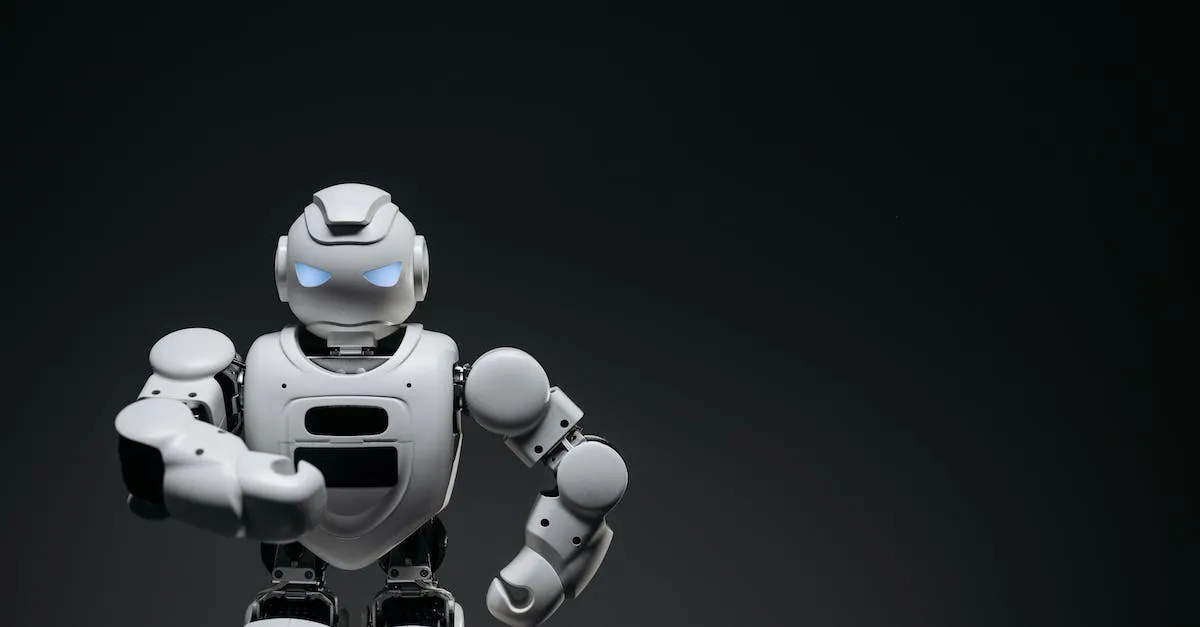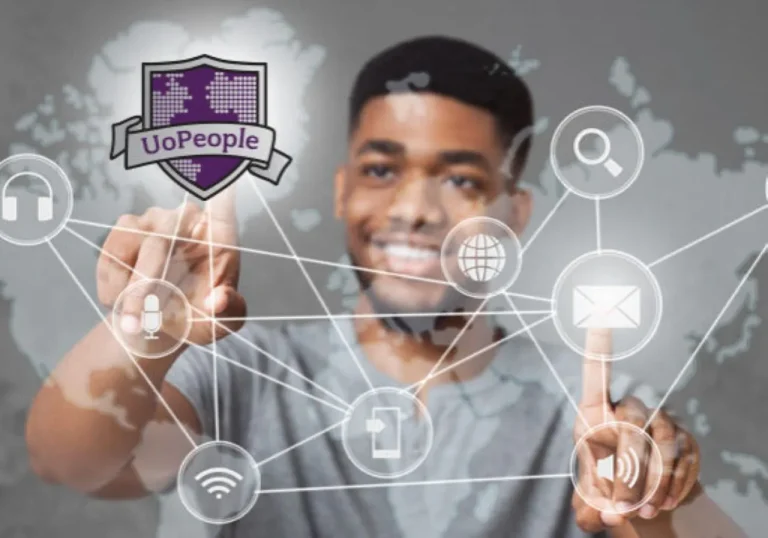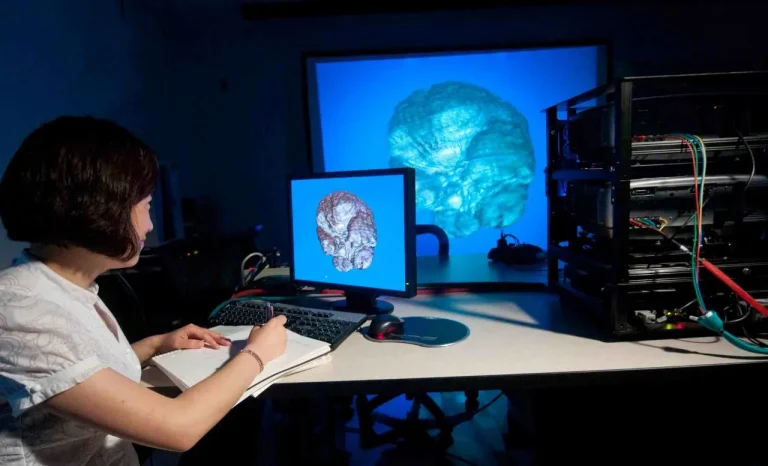Technologies Originally Predicted By Science Fiction Writers
Science fiction has long been known for its ability to predict future innovations and technologies. From communication devices to space travel, many staples of modern life were first conceptualized in the imaginative minds of sci-fi authors.
If you’re short on time, here’s a quick answer to your question: Video calling, tablets, Mars colonization, and artificial intelligence are some key technologies that were envisioned by famous science fiction writers before they became reality.
In this comprehensive article, we will explore some of the most prominent examples of real-world technologies that were essentially predicted in classic works of science fiction long before they materialized.
We will look at the original depictions in fiction and examine how those early concepts laid the groundwork for actual innovation and invention in later decades. Understanding how fiction writers were able to envision certain technological capabilities so far in advance provides fascinating insight into the creative process and humanity’s drive to make imagined possibilities into tangible realities.
Tablet Computers
Tablet computers, once considered a thing of science fiction, have become an integral part of our daily lives. These portable touch-screen devices have revolutionized the way we consume information, communicate, and work.
Let’s explore the journey of tablet computers from the realm of imagination to the reality of our hands.
Early Tablet Concepts in Sci-Fi
Long before the first tablet computer was developed, science fiction writers envisioned the concept of a portable electronic device that could display information in a compact form. In his 1968 novel “2001: A Space Odyssey,” Arthur C. Clarke described a “newspad” device that allowed characters to read news articles and books electronically.
This early vision of a tablet-like device foreshadowed the future of information consumption.
Another example is the “PADD” (Personal Access Display Device) featured in the television series “Star Trek: The Next Generation.” This fictional tablet-like device was used by the characters to access data, read reports, and communicate with others.
It is remarkable how these science fiction visions paved the way for the development of real-life tablet computers.
First Functional Tablet Prototypes
The first functional prototypes of tablet computers emerged in the 20th century. In 1989, the GRiDPad was introduced by GRiD Systems Corporation. It featured a touch-sensitive screen and handwriting recognition, making it one of the earliest predecessors of modern tablets.
However, due to its high price and limited functionality, it did not gain widespread popularity.
Another significant milestone was the release of the Apple Newton MessagePad in 1993. Although it faced criticism for its handwriting recognition technology, the Newton laid the groundwork for future tablet advancements.
Despite being discontinued in 1998, it set the stage for Apple’s later success with the iPad.
Modern Tablet Capabilities
Today, tablets have evolved to offer a wide range of capabilities that go beyond mere information consumption. With powerful processors, high-resolution displays, and advanced software, modern tablets can handle tasks traditionally associated with laptops and desktop computers.
Tablets are now used for productivity, entertainment, and education. They allow users to browse the internet, stream videos, play games, and read e-books. Additionally, tablets have become an essential tool in various industries, such as healthcare, where they are used for electronic medical records and patient monitoring.
The popularity of tablets continues to grow, as evidenced by the increasing number of tablet users worldwide. According to a report by Statista, the number of tablet users is projected to reach 1.38 billion by 2024.
This exponential growth underscores the significance of tablets in our modern society.
Video Calling
Video calling, the ability to talk to someone face-to-face through a live video feed, is a technology that was once only imagined in science fiction. However, thanks to advancements in technology, this futuristic concept has become a reality in our everyday lives.
Videophones in Sci-Fi
Science fiction writers have long been envisioning a world where people could communicate visually over long distances. One of the earliest mentions of video calling can be found in the 1879 novel “The Begum’s Fortune” by Jules Verne.
In the book, Verne describes a device called the “phonotelephote,” which allows people to see each other as they talk.
Another notable example is the “videophone” featured in the 1964 World’s Fair held in New York. This event showcased the idea of video calling to the public, sparking excitement and anticipation for what the future might hold.
Early Video Call Tests
In the 1970s, researchers began experimenting with video calling technology. One of the earliest successful tests took place in 1970 when AT&T conducted a video call between two locations in California.
Although the quality was far from perfect and the equipment was bulky, it was a significant step forward in the development of video calling.
Throughout the following decades, video calling technology continued to evolve. Companies like Skype and FaceTime played a major role in popularizing video calling and making it accessible to the general public.
Today, video calling has become an integral part of our personal and professional lives, connecting people across the globe with just a few clicks.
Video Calling Today
With the rise of smartphones, video calling has become more convenient and accessible than ever before. Apps like Zoom and Microsoft Teams have experienced a surge in popularity, especially during the COVID-19 pandemic when remote communication became essential.
These platforms have allowed people to stay connected with loved ones, attend virtual meetings, and even participate in online events.
According to a recent survey conducted by Pew Research Center, 62% of smartphone owners in the United States have used their devices for video calls. This demonstrates the widespread adoption and acceptance of video calling as a communication tool.
As technology continues to advance, we can expect even more impressive features and capabilities in future video calling applications. Who knows what other science fiction dreams will become a reality in the years to come?
Mars Colonization
Sci-Fi Depictions of Mars Settlements
For decades, science fiction writers have envisioned human colonies on Mars. Authors like Kim Stanley Robinson and Robert A. Heinlein have depicted Mars as a potential new frontier for humanity. In their novels, they have imagined massive domed cities, bustling with activity and filled with advanced technology.
These depictions have inspired readers and shaped the way we think about colonizing the Red Planet.
Real-World Plans for Mars Colonies
While science fiction often pushes the boundaries of imagination, real-world plans for Mars colonization are starting to take shape. Organizations like SpaceX, led by Elon Musk, have set their sights on establishing a permanent human presence on Mars within the next few decades.
Their ambitious plans involve sending unmanned missions to prepare the way for human settlement, with the ultimate goal of creating self-sustaining colonies. These plans include using advanced technology to generate resources, such as water and oxygen, from the Martian environment.
Obstacles to Establishing Martian Colonies
Despite the excitement surrounding the idea of colonizing Mars, there are significant obstacles that need to be overcome. The harsh Martian environment, with its thin atmosphere and extreme temperatures, poses numerous challenges for human habitation.
Additionally, the long-duration space travel required to reach Mars presents health risks to astronauts, including bone loss and muscle atrophy. Another major obstacle is the cost of such a mission, which would require significant financial investment.
Overcoming these obstacles will require continued advancements in technology and a collaborative effort from the global scientific community.
Artificial Intelligence
Artificial Intelligence (AI) is a concept that has fascinated science fiction writers for decades. From Isaac Asimov’s famous “Three Laws of Robotics” to the sentient computer HAL in Arthur C. Clarke’s “2001: A Space Odyssey,” AI has been a recurring theme in many early sci-fi works.
These visionary authors imagined a future where machines could think, learn, and even surpass human intelligence.
AI in Early Sci-Fi Works
In early science fiction literature, AI was often portrayed as either a helpful companion or a dangerous adversary. One of the earliest examples of AI can be found in Mary Shelley’s “Frankenstein,” where Victor Frankenstein creates a creature that becomes self-aware.
This can be seen as a precursor to the idea of AI gaining consciousness.
Another influential work is Isaac Asimov’s “I, Robot,” which introduced the concept of robots governed by a set of ethical rules. Asimov’s stories explored the complexities of AI ethics and the potential consequences of creating intelligent machines.
AI Research and Development
The development of AI technology has been a significant area of research and development in recent decades. Scientists and engineers have been working tirelessly to create machines that can perceive, reason, and learn from their environment.
This has led to breakthroughs in areas such as natural language processing, computer vision, and machine learning.
One notable milestone in AI research was the victory of IBM’s Deep Blue chess computer over world champion Garry Kasparov in 1997. This event highlighted the potential of AI to outperform humans in complex tasks that were previously thought to be exclusive to human intelligence.
Current State of AI Technology
Today, AI technology is an integral part of our lives, from virtual assistants like Siri and Alexa to autonomous vehicles and recommendation systems. AI algorithms power many of the services and products we interact with daily, helping us make decisions, automate tasks, and improve efficiency.
However, there are still challenges to overcome in the field of AI. Ethical considerations, such as privacy, bias, and accountability, need to be addressed to ensure that AI is used responsibly and for the benefit of humanity.
Ongoing research and collaboration between academia, industry, and policymakers are crucial in shaping the future of AI technology.
To stay up-to-date with the latest advancements in AI, you can visit reputable websites such as MIT Technology Review or Artificial Intelligence Organization.
Conclusion
Science fiction has proven itself to be an incredibly visionary genre by providing conceptual prototypes for technologies and capabilities that would eventually become realities. Aspects of daily life like worldwide video communication, handheld tablets, and AI assistants were nothing more than fiction when first portrayed in the imaginative works of sci-fi authors.
The creative ideas dreamed up in their stories served as inspirations for real-world scientists, engineers, and inventors who brought those concepts to life through innovation and determination. This trend of sci-fi prediction is likely to continue, with early depictions of things like interstellar space travel, teleportation, and human-level artificial intelligence paving the way for their eventual tangible development.
The human drive to turn possibilities into realities will keep pushing imagined technologies closer to fruition.







